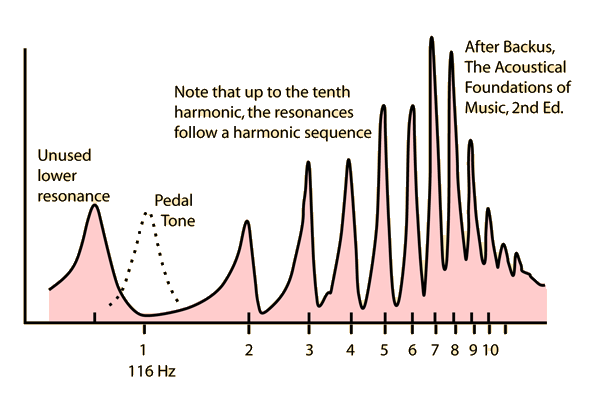


Brass instruments, classified as a“closed-tube” type, have a definitive low note in their normal range. While all musical instrument teachers stress certainstandard musical fundamentals such as scales, rhythm, and pitch, there are specifictechniques that are important to each instrument. They have had many changes indesign, repertory, and pedagogy. INTRODUCTIONBrass instruments have a long and varied history. 42The Balanced Embouchure by Jeff Smiley. 39James Stamp Warm-Ups Studies by Thomas Stevens. TABLE OF CONTENTSTrumpet Yoga by Jerome Callet. 35Double High C in 37 Weeks by Roger Spaulding 36Systematic Approach to Daily Practice by Claude Gordon. 34Original Louis Maggio System for Brass by Carlton MacBeth. 324REVIEW OF THE MOST COMMON PEDAGOGICAL TEXTS. 10After 1930 173USES IN PEDAGOGY AND PERFORMANCE 23Negative or Ambivalent Opinion. TABLE OF CONTENTSPageINTRODUCTION.1Chapter1EXPLANATION OF PEDAL TONES. Finally, thank you to themembers of my graduate committee, especially David Hickman, who helped guide methrough my tenure at Arizona State University.ii Also, I would like to acknowledge my two cats,Mahler and Mackenzie, for making sure I stayed on task. Thank you to my family whohas supported me though my education. The six books areOriginal Louis Maggio System for Brass by Carlton MacBeth, Double High C in 37Weeks by Roger Spaulding, Systematic Approach to Daily Practice by Claude Gordon,Trumpet Yoga by Jerome Callet, James Stamp Warm-Ups Studies by Thomas Stevens,and The Balanced Embouchure by Jeff Smiley.iĪCKNOWLEDGEMENTSI would like to thank my wife, Megan Rodriguez, for being my support systemand for being instrumental in helping me with this project. Consequently, this paper also discusses theeducational value of using pedal tones, includes a brief history of players and teacherswho have formulated pedal tone exercise methods, and examines their use within the sixmost influential method books that promote the use of pedal tones. However, players have the ability to manipulate their lipsto extend the low range beyond this point notes sounding below an instrument’s normalplaying range are called pedal tones.The history of pedal tones in trumpet performance and pedagogy has long been asource of confusion and misinformation. It feels amazing.Trumpet Pedal Tones:Their History and Pedagogical UsesbyMalachy RodriguezA Research Paper Presented in Partial Fulfillmentof the Requirements for the DegreeDoctor of Musical ArtsApproved April 2014 by theGraduate Supervisory Committee:David Hickman, ChairWayne BaileyGary HillAmy HolbrookARIZONA STATE UNIVERSITYApril 2014ĪBSTRACTThe normal playing range of a brass instrument includes a definitive stopping notein the instrument’s low register. The range extension part uses pedals and high notes in the same exercise so that you build your ability to play 3 and 4 and 5 octave lines. You will discover more flexibility between registers and more volume in every register as you work in this book. We can NOT change things to make them sound pretty as that disrupts the one embouchure set. Playing the pedals correctly requires us to think more about keeping the normal embouchure and letting things build and correct by themselves.
#Trumpet pedal tones exercise how to#
I finally decided to write a pedal book explaining the HOW to play pedals and using a setpoint written into every exercise to promote ONE embouchure set for the whole exercise. None of them ever used a setpoint idea even though some of the teachers who wrote the books used a setpoint when playing. Part of the problem was always how the exercises in the books were written. I and countless other teachers have complained for years about people doing pedals the wrong way and creating problems in their playing.


 0 kommentar(er)
0 kommentar(er)
